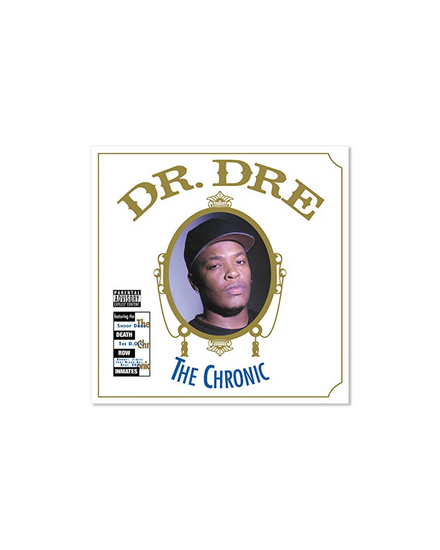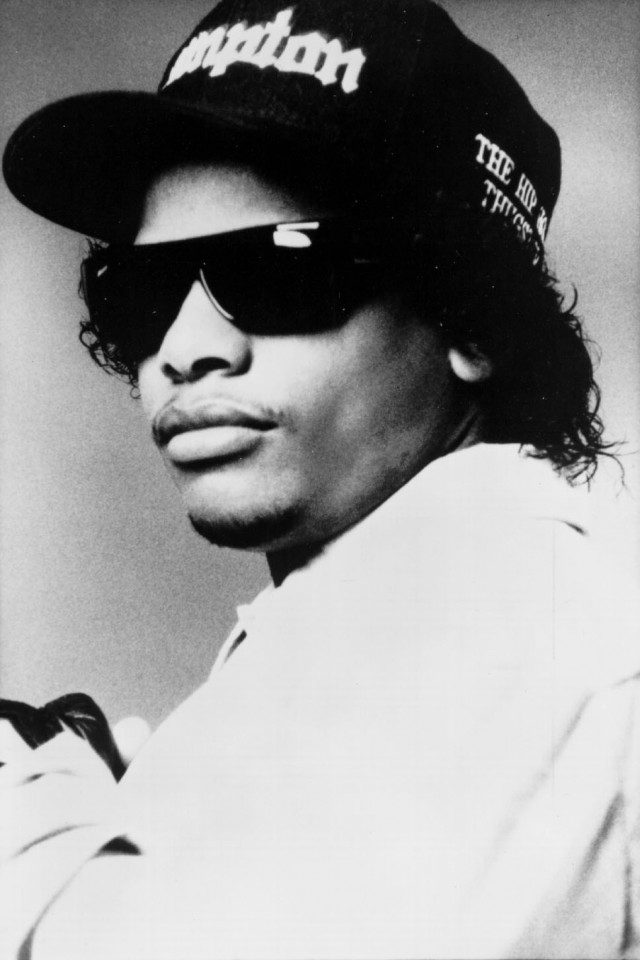
Recording sessions for the album took place in June 1992 at Death Row Studios in Los Angeles and at Bernie Grundman Mastering in Hollywood. Dre, released in 1992 on Death Row Records. The Chronic is the debut solo album by American hip hop musician Dr.

Both 2001 and its companion instrumental version followed in 1999.Death Row Studios and Bernie Grundman Mastering (Los Angeles, California) Even though the album wasn't a success, the implosion of Death Row in 1997 proved that Dre's inclinations were correct at the time. Dre Presents.The Aftermath received considerable media attention, but the record didn't become a hit, despite the presence of his hit single, "Been There Done That". Dre's first album for Aftermath, the various-artists collection Dr. Dre left the label in the summer of 1996 to form Aftermath, declaring gangsta rap dead. At the time, Death Row was devoting itself to 2Pac's label debut, All Eyez on Me (which featured Dre on the breakthrough hit, "California Love"), and Snoop was busy recovering from his draining murder trial.

The Death Row dynasty held strong until the spring of 1996, when Dre grew frustrated with Knight's strong-arm techniques. Not only did he produce Snoop's 1993 debut, Doggystyle, but he orchestrated several soundtracks, including Above the Rim and Murder Was the Case, both 1994. Thanks to the singles "Nuthin' but a 'G' Thang", "Dre Day", and "Let Me Ride", The Chronic was a multi-platinum and the entire world of hip-hop changed with it. Dre discovered Snoop through his stepbrother Warren G, and he immediately began working with the rapper - Snoop was on Dre's 1992 debut, The Chronic, as much as Dre himself. Not only was the record the debut of his elastic G-funk sound, it also was the beginning of his collaboration with rapper Snoop Doggy Dogg. an acronym for Niggaz With Attitude - with Dre and Cube, releasing their first album in 1987.ĭre released his first solo single, "Deep Cover" in the spring of 1992. When the group refused, Eazy formed N.W.A. Eazy tried to give one of the duo's songs, "Boyz-n-the Hood," to HBO, a group signed to Ruthless. In 1986, he met Ice Cube, and the two rappers began writing songs for, a label started by former drug pusher Eazy-E. Dre retaliated by forming a new company,, and while it was initially slow getting started, his bold moves forward earned critical respect.ĭre (born Andre Young, February 18, 1965) became involved in hip-hop during the early '80s, performing at house parties and clubs with the World Class Wreckin' Cru around South Central, Los Angeles and making a handful of recordings along the way. For nearly four years, G-funk dominated hip-hop, and Dre had enough sense to abandon it and Death Row just before the whole empire collapsed in late 1996. Soon, most rap records imitated its sound, and his productions for Snoop Doggy Dogg and Blackstreet were massive hits. in 1992, he founded Death Row Records with Suge Knight, and the label quickly became the dominant force in mid-'90s hip-hop thanks to his debut, The Chronic. On his own, he reworked George Clinton's elastic funk into the self-styled G-funk, a slow-rolling variation that relied more on sound than content. celebrated the hedonistic, amoralistic side of gang life. BDP's early albums were hardcore but cautionary tales of the criminal mind, but Dre's records with N.W.A. Instead, Dre pioneered gangsta rap and his own variation of the sound, G-funk. Dre was responsible for moving rap music away from the avant-noise and political stance of Public Enemy and Boogie Down Productions as well as the party vibes of old-school rap.

DO NOT CONFUSE THIS ARTIST WITH YO! MTV RAPS PRODUCER, Doctor Dré!ĭr.


 0 kommentar(er)
0 kommentar(er)
